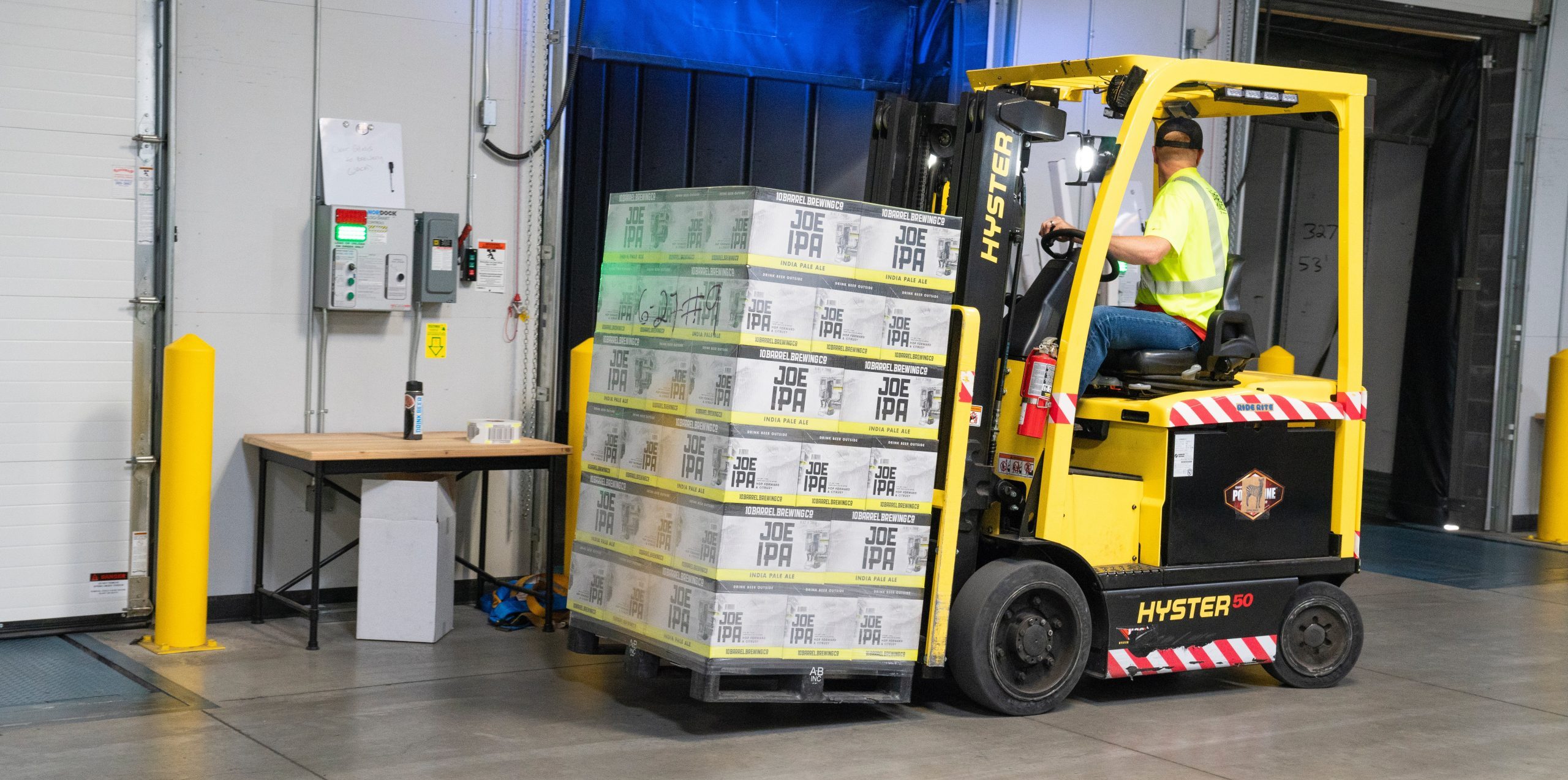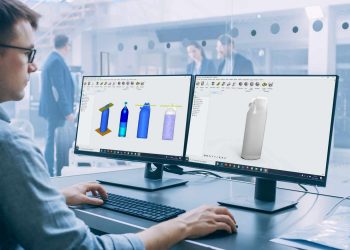Many companies looking to guarantee the integrity of their goods during transportation and to optimize their packaging hesitate when it comes to choosing which procedure to use between ISTA vs ASTM to perform their performance tests.
Both the ASTM standards and the ISTA standards are recognized standards that can be used to test packaged products during the distribution cycle. The goal when applying them is to find out the effect caused by the contingencies of each product distribution cycle, with the purpose of developing a configuration that provides safety to product and package.
The big question is, which method is most suitable? When choosing between ISTA vs ASTM, the key is identifying the specific needs of the product to be transported and the distribution route that it will follow. While a packaging testing lab can provide this information, we will list the most essential.
Their proposed packaging testing methods
Both ASTM and ISTA are organizations dedicated to researching and creating package testing standards.
The ASTM packaging testing standards are outlined in the official documentation, but the levels, sequences and orientations are not specified and are up to the operator who performs the test. Conversely, ISTA packaging protocols are designed to adapt to specific package-related situations or configurations, with each testing procedure being highly detailed, including specific step-by-step instructions that must be strictly followed.
In regard to simulations and tests related to the distribution environment, both organizations propose several methods:
ASTM standards
- ASTM D4169:
The ASTM D4169 testing standard is considered standard practice for container and shipping system performance testing.
This standard proposes 18 different distribution cycles depending on the type of load and the type of transport, and it is the client who decides which one to perform based on the product and the route that it will follow.
It includes compression tests, drop test procedure and rotational drop test, impact test, vertical vibration test, temperature and humidity cycles and vacuum.
This standard is comparable to ISTA tests ISTA 1A and ISTA 2A, though there are differences that are key when choosing one standard or the other, which we will analyze further down in this article.
- ASTM D7386:
This is a more recent ASTM transportation test developed with the purpose of testing systems
that are distributed as single parcels. It is comparable to test ISTA 3A.
ISTA standards
- ISTA 1 Series:
Non-Simulation Integrity Performance Tests. While the ISTA 1A method is categorized as a transit standard, the 1 series is not a packaging testing method, but rather a study aimed at evaluating the viability of the prototype during the design phase.
- ISTA 2 Series:
Partial Simulation Performance Tests. Both ISTA 2 and 3 Series can be adapted to more specific packaging situations or configurations. Procedure ISTA 2A consists of a series of tests that combine basic aspects of ISTA 1A and other, more advanced ones from ISTA 3A. This is a key and very important test for Medical Device Manufacturers (MDMs) and medical packaging.
- ISTA 3 Series:
Designed to offer a laboratory simulation of the motions, forces, conditions and sequences of transport environments that cause damages. Applicable to a broad range of circumstances as well as to a spectrum of vehicles and routes, or a variable number of handling exposures. For example, the ISTA 3A procedure is a general simulation test for individually packaged products that are shipped via a courier such as UPS, DHL, FedEx, etc., whether by road or by air.
The testing procedure proposes laboratory simulations to packaging testing labs that simulate contingencies such as random vibrations, different drop test standards and atmospheric conditioning tests.
ISTA vs ASTM: advantages and disadvantages for each of them
Choosing between ISTA vs ASTM can depend on the following criteria that set each standard apart:
- Cost: ISTA has a lower cost.
- Required equipment: ISTA standards allow for the use of less up-to-date equipment, while the cost of the equipment required for ASTM is higher.
- Time: ASTM testing takes longer
- Impact testing requirements: ISTA offers more precise results since it specifies the orientation of the load, unlike ASTM standards.
- Parameter adjustment: ASTM testing allows for adjusting the intensity of certain parameters (such as the drop, vibration or compression parameters) by decreasing the Assurance Level (AL).
- Damage inspection: ISTA allows operators to draw a parallel between the external and internal damage of a package during the visual inspection, which is more complicated in ASTM testing.
Furthermore, if we compare the ISTA testing protocols vs the ASTM standard:
ISTA 1A vs. ASTM D4169:
The main difference lies in the fact that ISTA 1A is a rapid evaluation method. As such, it does not offer an adequate simulation in relation to the contingencies of transportation, something that the ASTM D4169 does do.
STA 2A vs. ASTM D4169
ISTA 2A is the most popular procedure among Medical Device Manufacturers (MDMs) since it offers an adequate, but a more affordable and faster solution. In addition, it is suitable for companies wishing to study atmospheric conditioning, in addition to fixed displacement vibrations.
Furthermore, the compression values are less stringent in ISTA 2A than they are in the ASTM D4169 solution, making ISTA’s solution suitable for heavy loads that might otherwise fail.
On the other hand, ASTM has its own advantages. First, it is recognized as a consensus standard by the United States FDA, which makes it interesting for companies in that market.
Other advantages of ASTM D4169 testing include the ability of the company to personalize the standard and the good correlation between real conditions and proposed simulations. For example, the vibration spectrum proposed in D4169-16 is based on real data recently obtained during road transportation by truck.
It is also a more suitable standard for those who need to simulate the effects of low pressure due to altitude in a non-porous package. This is because, in its D4169 standard, ASTM includes an independent test related to the effect altitude has on the packaging system. For ISTA, this simulation is only performed in combination with the random vibration test.
Additionally, this test does not require as high a drop as ISTA 2A, which could be suitable for certain variants of medical and sterile packaging.
ISTA 3A vs. ASTM D7386
Both are highly widespread testing standards. This said, they are not suitable for certain sectors, such as those of Medical Device Manufacturers (MDMs). In this specific case, it has been proven that the requirements of both standards during the Stacked Vibration test are too severe for this type of product and packaging system.
The ISTA 3A standard has been designed in collaboration with the UPS shipping company to simulate the package distribution environment. It has also been added to the list of “consensus standards” by the FDA.
Meanwhile, the ASTM D7386 standard is recognized by the FDA and ISO 11607.
Ultimately, the choice between ISTA vs ASTM must take into account the specific characteristics of each product and the distribution cycle that it will follow.
Safe Load Testing Technologies is a company is based on the 22 years of experience of its staff in the research and development of new methods and equipment for optimizing distribution packaging.
Safe Load Testing Technologies is a start-up of PACKA VENTURES, a technology-focused company builder that promotes the scientific research, technological advancement, the development of information society and the promotion of sustainability in the packaging, logistics, transport and mobility areas.
Furthermore, as members of ISTA, IAPRI and EUMOS, the company have completely committed ourselves to supply high quality, accurate and innovative technology in order to comply with the main tests and procedures.







